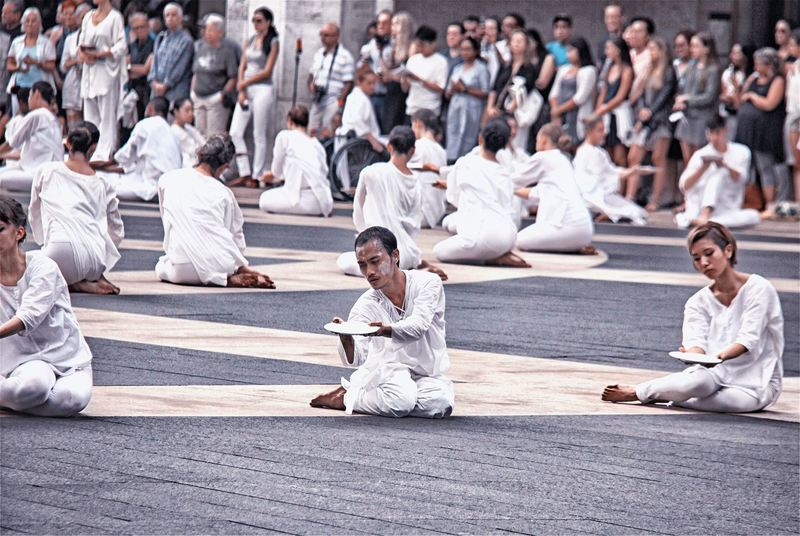It all starts with a belief in the individual and an investment in their potential for meaningful impact.
As one of the most ethnically, linguistically, and culturally diverse areas in the world, Southeast Asia has a thriving contemporary art scene complementing its storied monuments and rich traditional culture. Recent years have seen the rise of new museums, art fairs and galleries, as well as a proliferation of alternative art spaces. To expand international exchange opportunities available to artists and arts professionals in this exciting region, the Asian Cultural Council actively pursues strategic partnerships with other grantmaking organizations similarly inspired by the arts and culture of Southeast Asia.
ACC started making grants in Southeast Asia in the 1960s with a focus on supporting art historians, museum professionals, visual artists, and performing arts scholars. In the 1980s through the early 2000s, $2.5 million in grants funding from the Ford Foundation’s Jakarta office enabled ACC to make a significant investment in developing museum professionals and Indonesian performing arts scholars. In the mid-1990s through the mid-2000s, nearly $1.8 million from the Rockefeller Foundation increased ACC’s grantmaking capacity for individuals and organizations in the Mekong Region, as well as funded a special program focused on the conservation of traditional performing arts in Cambodia. To further build regional networks, ACC has led convenings in Thailand (2000) and Cambodia (2003) that gathered arts professionals to examine and strategize the future of the arts and culture sector in the Mekong Region.
In 2018, to engage our Southeast Asian alumni network and evaluate ACC’s past, present, and future investment in cultural exchange with the region, ACC launched its Southeast Asia Research and Partnership-Building Initiative. This project, supported through a grant from The Henry Luce Foundation, allowed ACC staff to conduct interviews, site visits, and survey alumni and partner organizations in Cambodia, Indonesia, Laos, Malaysia, Thailand, and Vietnam, with further research pending in Myanmar. Through 140 in-person meetings, ACC staff looked to gauge current involvement and interest in international cultural exchange, as well as survey regional needs and priorities of the arts communities in these seven countries.

Theater scholar Kathy Foley (ACC 2016) researching Nang Talung in Nakhon Sri Tamara, Thailand
Many of the public and private arts organizations surveyed play a critical role in sustaining the arts in countries where government arts funding ranges from modest to nonexistent. As a grantmaker and grantseeker, we look at cultural exchange from multiple perspectives, asking: how can our grantmaking best address needs in the region? How might the exchange of individuals or institutions from Southeast Asia positively impact their local communities? What kinds of American artists and arts professionals would benefit the Southeast Asia arts communities? How can we help build connections that spark a conversation, rewire a mindset, engage a community, or even change a life path? It all starts with a belief in the individual and an investment in their potential for meaningful impact.
Below: Danang Pamungkas (ACC 2008, 2015) performing in 9/11 Table of Silence Project at Lincoln Center in 2016

 ACC New York
ACC New York